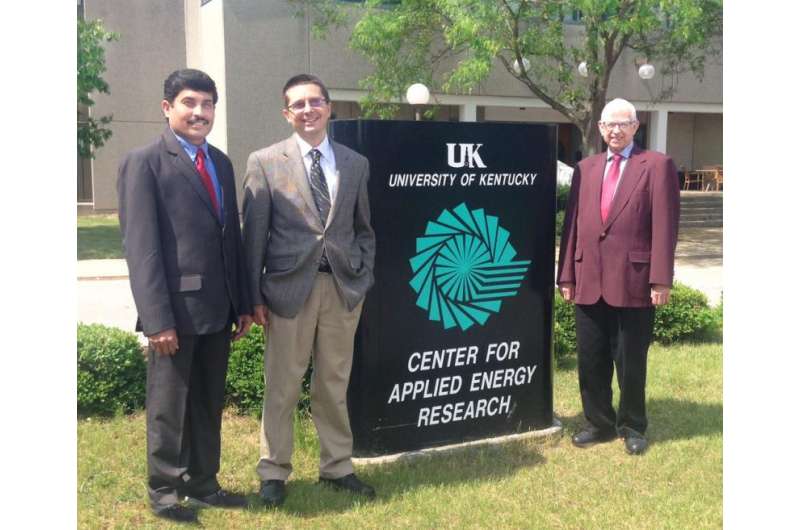From plant matter to jet fuel: Streamlining the production of ultraclean fuel

Plant materials are one of the oldest renewable energy sources, and today scientists are working to produce ultra-clean fuels from them using refined chemical techniques, work made possible by Canadian Light Source techniques.
University of Kentucky Center for Applied Energy Research scientists Burtron Davis, Gary Jacobs, and Ramana Pendyala are experts in harnessing synchrotron research to refine the processes used to convert plants to gas to usable liquids.
Producing synthetic gas, or syngas, from plant biomass is a relatively straightforward process, but the process often leaves behind impurities, like ammonia and carbon monoxide, that make it harder to transform the gas into usable fuel.
The CEAR team uses synchrotron analysis to study the effects of specific impurities on the conversion process to try to identify at what threshold each chemical blocks efficient conversion to usable fuel.
"For many years now, for cleaning the syngas, the general rule of thumb was that you had to often get below parts-per-million or parts-per-billion levels of these impurities," says Jacobs. The team has found, however, that for certain chemicals, like ammonia, much higher levels can be allowed before the syngas-to-fuel transformation slows down.
By pinpointing allowable levels of key impurities, the researchers hope to streamline the clean fuel production process. The CLS is one of only a few that can access the right energy ranges to study these chemicals and their effects on catalysts, making it an invaluable tool.
Right now, roughly one-third to one-half of the cost to produce syngas for fuel production comes from cleaning out impurities. In the long term, this work could help large companies produce inexpensive, clean, and renewable sources by significantly cutting that cost.
More information: Ma, W.; Jacobs, G.; Sparks, D.E.; Pendyala, V.R.R.; Hopps, S.G.; Thomas, G.A.; Hamdeh, H.H.; Maclennan, A.; Hu, Y., Davis, B.H., "Fischer-Tropsch synthesis: effect of ammonia in syngas on the Fischer-Tropsch synthesis performance of a precipitated iron catalyst," J. Catal. 326 (2015) 149-160.



















